Important Note:This guide gives you general advice on how to keep your spine healthy. Consult a qualified spine specialist for personalized help if you already have a spinal condition or have recently had surgery.
Spinal injuries can change a person’s life by affecting their general quality of life as well as their physical health. Many spinal injuries can be avoided, even if they are severe. But every day, many of people unintentionally participate in activities that endanger their spinal health. There are many risks to spinal health that are frequently disregarded, ranging from bad posture to incorrect lifting practices.
Neglecting spinal health can have disastrous results. Some possible consequences include reduced mobility, chronic pain, and in extreme situations, paralysis. The good news is that the likelihood of spinal injuries can be considerably decreased with the correct information and preventative actions. 🛡️💪
This comprehensive blog post will give readers the knowledge they need to safeguard their spinal health. This article discusses ten essential components of preventing spinal injuries, ranging from comprehending the complex structure of the spine to investigating useful lifestyle changes. Learn how to develop your core muscles, maintain good posture, recognize danger factors, and use safe lifting techniques. Discover the significance of wearing protective gear, exercising frequently, eating a healthy diet, and getting regular checkups to keep your spine in good condition.
Understanding Spinal Anatomy
According to the National Institutes of Health, the structure of the spine, which includes the vertebrae, intervertebral discs, and spinal cord, is essential to many body processes.
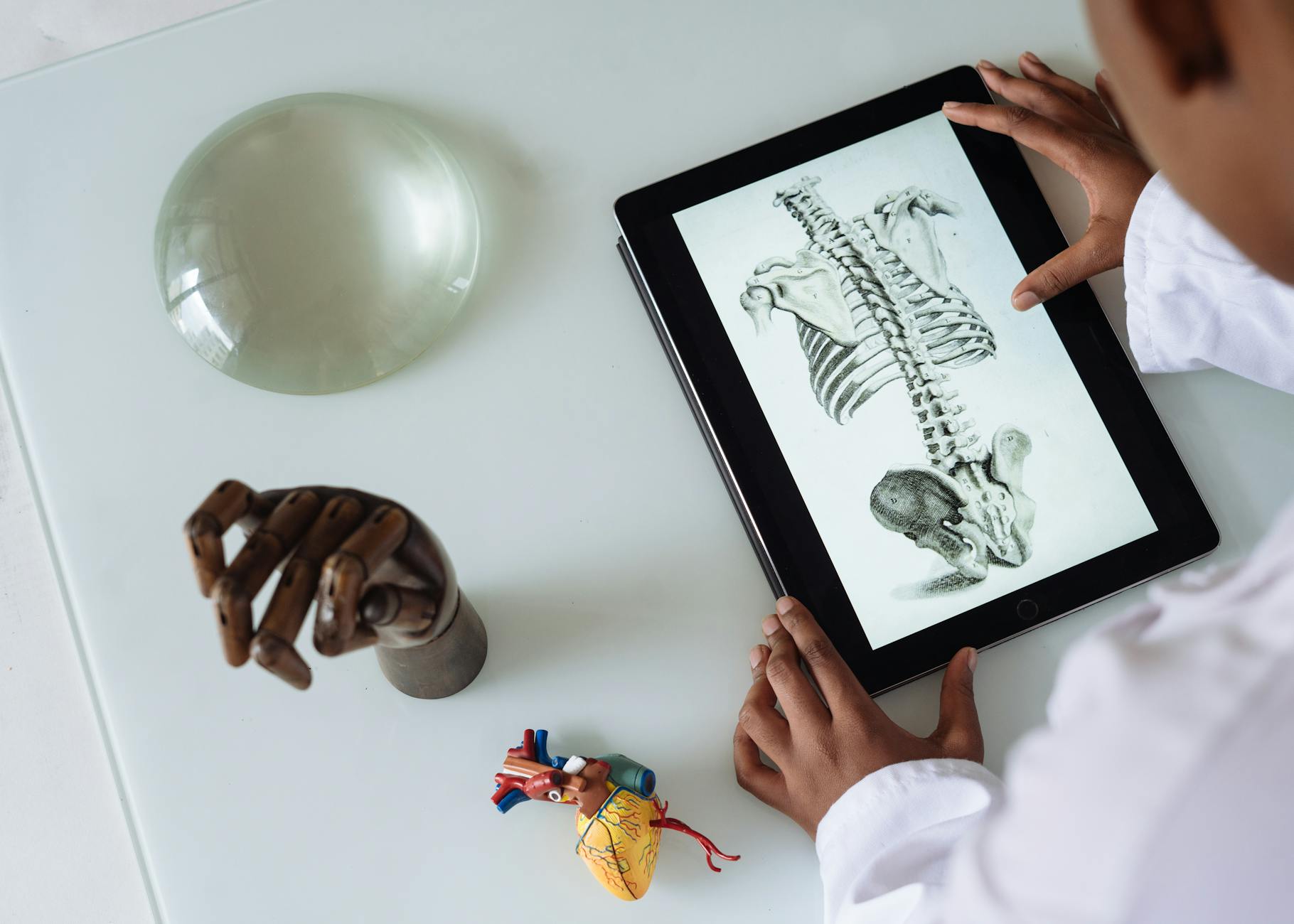
Key components of the spine
The spinal cord, intervertebral discs, and vertebrae make up the spine. Discs serve as shock absorbers, and vertebrae offer protection and structure. Nerve impulses are sent from the brain to the body via the spinal cord.
| Component | Function |
|---|---|
| Vertebrae | Support and protection |
| Discs | Shock absorption |
| Spinal cord | Nerve signal transmission |
Common areas prone to injury
Areas at risk:
- Cervical (neck)
- Lumbar (lower back)
- Thoracic (mid-back)
Identifying Risk Factors
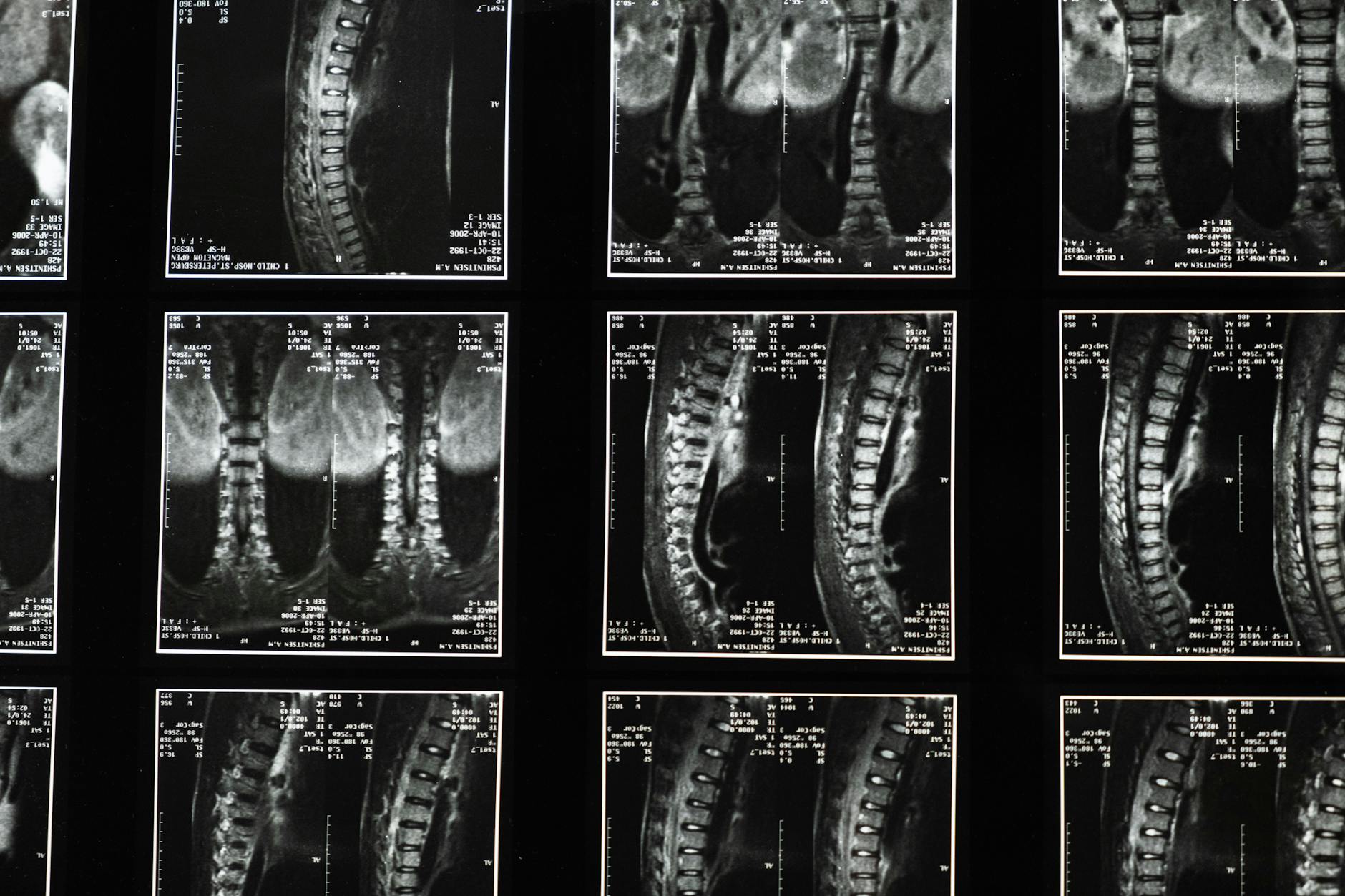
Age-related vulnerabilities
The spine is increasingly vulnerable to damage as people age because of normal wear and tear. Spinal injuries are more likely when bone density declines, discs become less flexible, and muscles deteriorate.
| Age Group | Common Vulnerabilities |
|---|---|
| 30-50 | Disc degeneration |
| 50+ | Osteoporosis, arthritis |
Occupational hazards
Certain professions pose higher risks for spinal injuries:
- Construction workers
- Healthcare professionals
- Factory workers
- Office employees (prolonged sitting)
If appropriate measures are not taken, these occupations might result in persistent spinal problems because they frequently require heavy lifting, repetitive motions, or poor ergonomics.
Maintaining Proper Posture
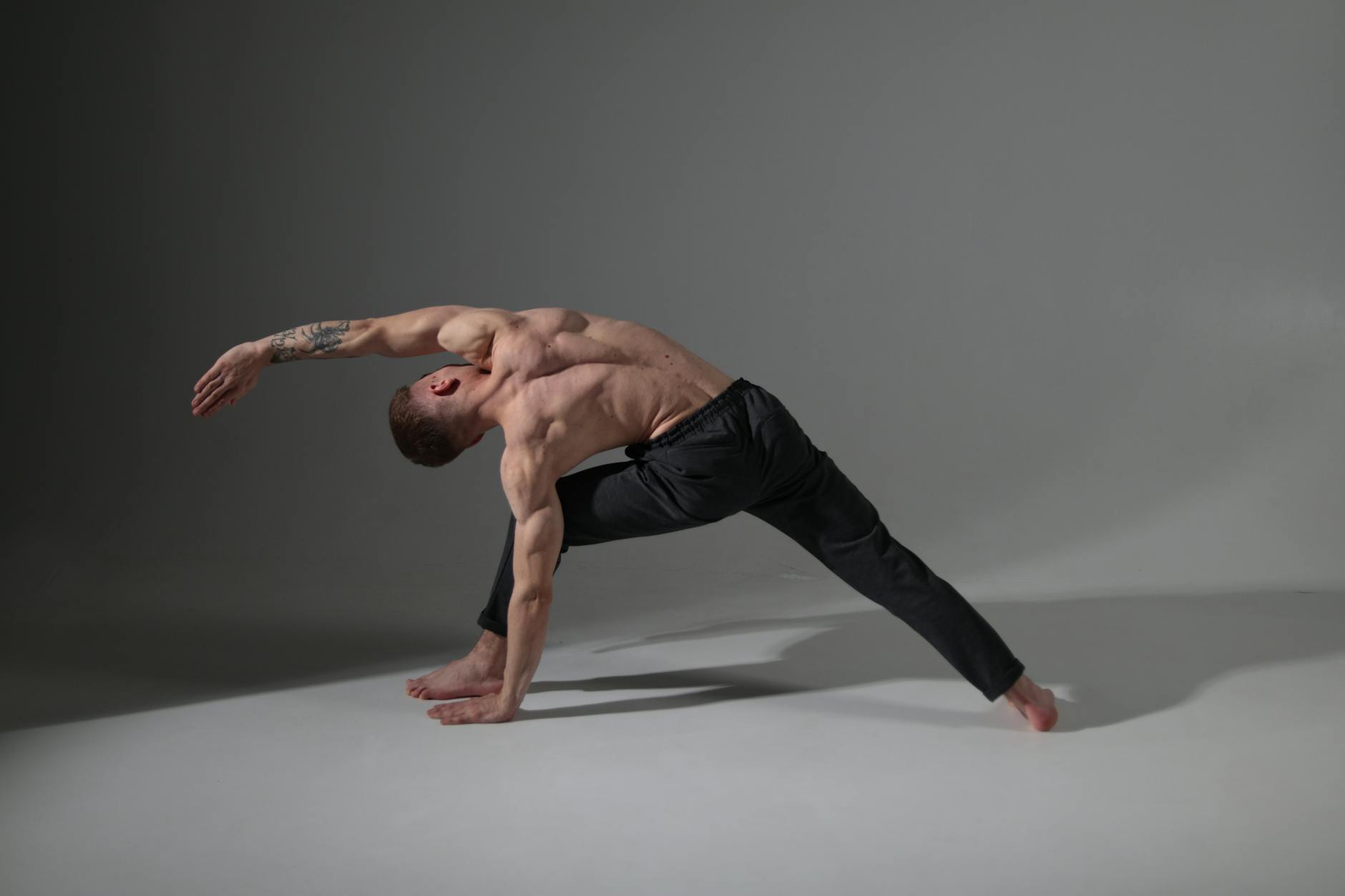
Correct sitting techniques
Upholding correct posture during seated activities is essential for the well-being of the spine. Key techniques include:
- Maintaining flat feet on the floor
- Aligning hips and knees
- Supporting the lower back
- Relaxing shoulders
- Positioning the monitor at eye level
| Incorrect Sitting | Correct Sitting |
|---|---|
| Slouched back | Straight back |
| Crossed legs | Feet on floor |
| Hunched shoulders | Relaxed shoulders |
Ergonomic workspace setup
An ergonomic workspace lowers the risk of spinal injuries and encourages good posture. Crucial components consist of:
- Adjustable chair with lumbar support
- Desk at elbow height
- Keyboard and mouse at comfortable reach
- Monitor positioned to avoid neck strain
- Footrest if feet don’t reach the floor
Strengthening Core Muscles
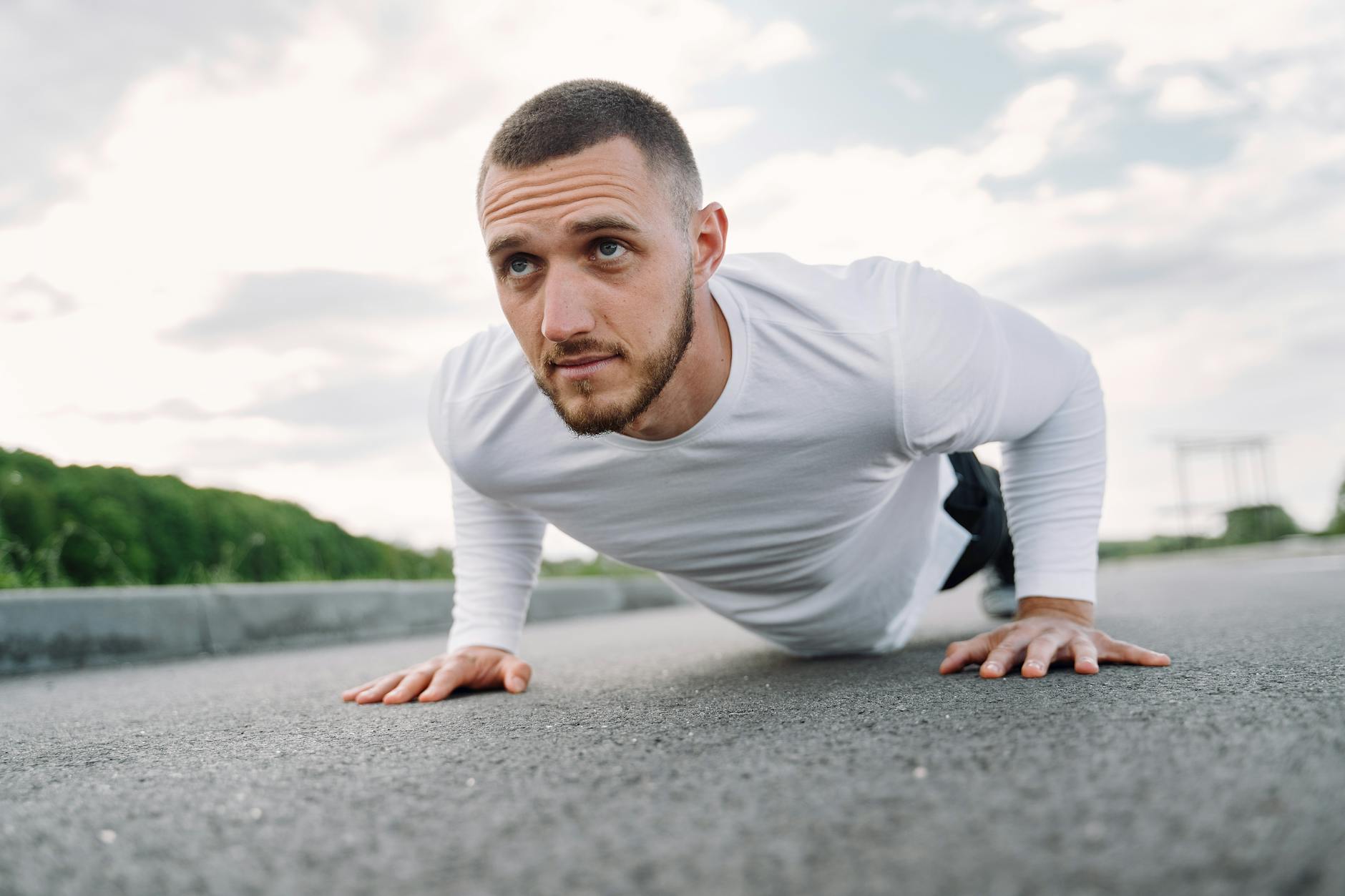
Essential core exercises
Exercises that strengthen the core are essential for spinal health. Bird-dogs, bridges, and planks all work several muscle groups at once to enhance posture and stability. A brief approach to efficient core workouts is provided here:
| Exercise | Muscles Targeted | Recommended Sets/Reps |
|---|---|---|
| Plank | Abs, Back, Shoulders | 3 sets, 30-60 seconds |
| Bridge | Glutes, Lower Back | 3 sets, 12-15 reps |
| Bird-Dog | Abs, Back, Glutes | 3 sets, 10-12 reps each side |
Important: Before beginning any new workout regimen, speak with a healthcare provider if you have a history of back pain or a pre-existing spinal issue. Inappropriate activities or poor technique might exacerbate the issue.
Yoga for spinal support
Yoga, which combines strength, flexibility, and mindfulness, has several advantages for spinal health. Important positions consist of:
- Cat-Cow: Improves spinal mobility
- Downward-Facing Dog: Lengthens the spine
- Child’s Pose: Relaxes back muscles
Safe Lifting Techniques

Proper body mechanics
Preventing spinal injuries when lifting requires the use of proper body mechanics. Among the fundamental ideas are:
- Keep the load close to the body
- Bend at the knees, not the waist
- Maintain a neutral spine position
- Avoid twisting while lifting
| Incorrect Technique | Correct Technique |
|---|---|
| Bending at waist | Bending at knees |
| Twisting while lifting | Pivoting feet |
| Lifting far from body | Keeping load close |
Using assistive devices
The risk of spinal damage can be considerably decreased by using the right equipment. Typical assistive technology consists of:
- Hand trucks
- Dollies
- Forklifts
- Conveyor belts
When doing heavy lifting jobs, these devices reduce manual handling and the strain on the spine.
Protective Gear and Equipment
The danger of spinal injuries is greatly increased by high-risk activities such as contact sports, extreme sports, or even repetitive, demanding work performed without the necessary equipment and training. Always utilize the proper equipments and make sure safety procedures are followed.

Choosing the right sports gear
Choosing the right sports equipment is essential to preventing spinal injuries. This is a comparison of the necessary safety gear for different sports:
| Sport | Recommended Gear |
|---|---|
| Football | Helmet, shoulder pads, back plate |
| Cycling | Helmet, spine protector |
| Skiing | Helmet, back protector |
Workplace safety equipment
Safety gear for the workplace is essential for avoiding spinal injuries. Important things include:
- Ergonomic chairs with lumbar support
- Standing desks for alternating postures
- Lifting aids such as dollies and hand trucks
- Safety harnesses for working at heights
Lifestyle Modifications

Weight management
For spinal health, it is essential to maintain a healthy weight. Being overweight increases the strain on the spine, increasing the chance of injury and chronic discomfort. A healthy diet and consistent exercise can help you reach and stay at your ideal weight.
| Weight Category | BMI Range | Impact on Spine |
|---|---|---|
| Normal Weight | 18.5-24.9 | Optimal support |
| Overweight | 25-29.9 | Increased stress |
| Obese | 30+ | High risk |
Smoking cessation
For general health, including spinal health, quitting smoking is crucial. Smoking speeds up degeneration and raises the chance of damage by decreasing blood supply to the spinal discs. Among the advantages of quitting are:
- Improved blood circulation to spinal tissues
- Enhanced healing capabilities
- Reduced inflammation in the body
Regular Exercise and Physical Activity

Low-impact cardiovascular exercises
Low-impact cardiovascular exercises offer numerous benefits for spinal health without putting excessive stress on the spine. These activities improve circulation, strengthen supporting muscles, and enhance overall fitness. Here’s a comparison of popular low-impact exercises:
| Exercise | Impact Level | Benefits |
|---|---|---|
| Swimming | Very Low | Full-body workout, zero gravity |
| Cycling | Low | Leg strength, cardiovascular health |
| Walking | Moderate | Accessible, improves bone density |
Stretching routines
Regular stretching exercises are essential for preserving spinal flexibility and lowering the chance of injury. Stretches that are gentle focus on the main muscles that support the spine, improving posture and reducing stress. To increase the flexibility and health of your spine, focus on workouts that work your hip flexors, hamstrings, and lower back.
Nutrition for Spinal Health

Essential nutrients for bone strength
In order to preserve bone strength and avoid spinal injuries, a well-balanced diet high in calcium, vitamin D, and phosphorus is essential. Together, these nutrients promote bone density and spinal health in general.
| Nutrient | Function | Food Sources |
|---|---|---|
| Calcium | Builds bone mass | Dairy, leafy greens, fortified foods |
| Vitamin D | Aids calcium absorption | Sunlight, fatty fish, egg yolks |
| Phosphorus | Strengthens bones | Meat, poultry, nuts, seeds |
Anti-inflammatory foods
The spine’s inflammation can be decreased by including anti-inflammatory foods in the diet, which may ease discomfort and stop additional damage. Among the advantageous choices are:
- Fatty fish (salmon, mackerel)
- Berries
- Leafy greens
- Nuts and seeds
- Turmeric and ginger
Regular Check-ups and Screenings

Importance of early detection
Serious injuries can be avoided by detecting spinal problems early. Frequent examinations can spot possible issues before they worsen, enabling prompt treatment. Think about the following advantages:
- Reduced risk of chronic pain
- Improved overall spine health
- Better mobility and flexibility
- Prevention of degenerative conditions
Chiropractic care benefits
| Benefit | Description |
|---|---|
| Alignment | Corrects spinal misalignments |
| Pain relief | Reduces back and neck pain |
| Improved function | Enhances nervous system function |
| Preventive care | Addresses issues before they worsen |
A non-invasive method of maintaining spinal health is provided by chiropractic care. Maintaining correct alignment, minimizing pain, and enhancing general function can all be achieved with regular adjustments.
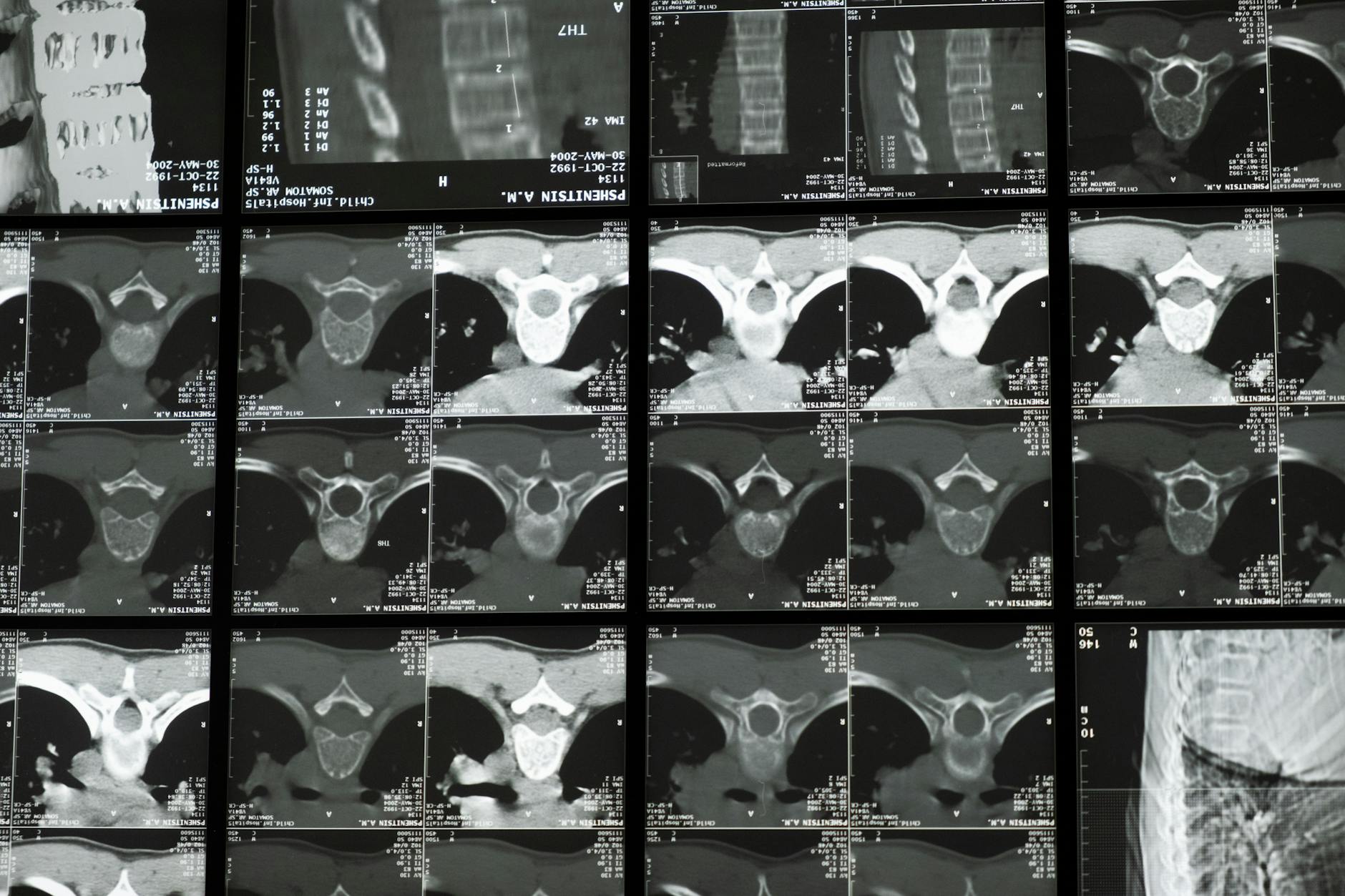
Conclusion:
A comprehensive strategy that includes knowledge of spine anatomy, risk factor identification, and the application of diverse preventative interventions is necessary to prevent spinal injuries. People can greatly lower their risk of spinal injuries by adopting safe lifting practices, strengthening their core muscles, and maintaining good posture. Overall spinal health is also influenced by wearing protective gear, changing one’s lifestyle, exercising frequently, and maintaining a healthy diet.
Frequent examinations and screenings are essential for the early identification and avoidance of spine problems. People can protect their spinal health and have active, pain-free lives by implementing these techniques into their daily lives. Take preventive measures now to secure a healthier, more mobile future and avoid crippling spinal injuries tomorrow.
References:
- National Institute of Arthritis and Musculoskeletal and Skin Diseases (NIAMS)
- World Health Organization (WHO) Guidelines for Workplace Ergonomics

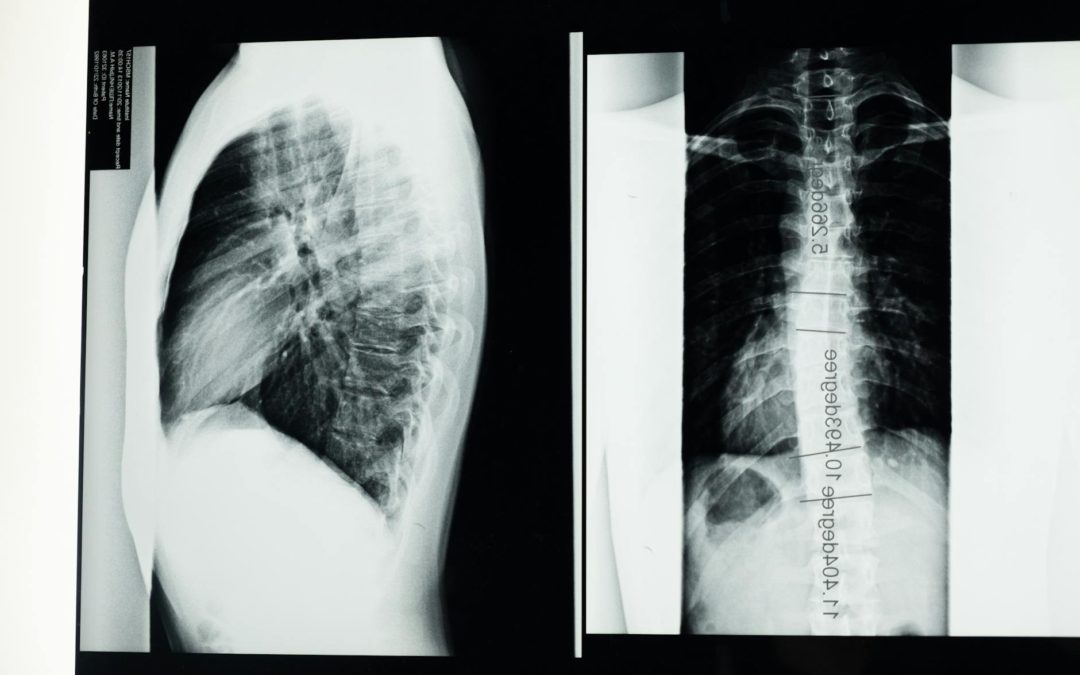
Awesome https://lc.cx/xjXBQT